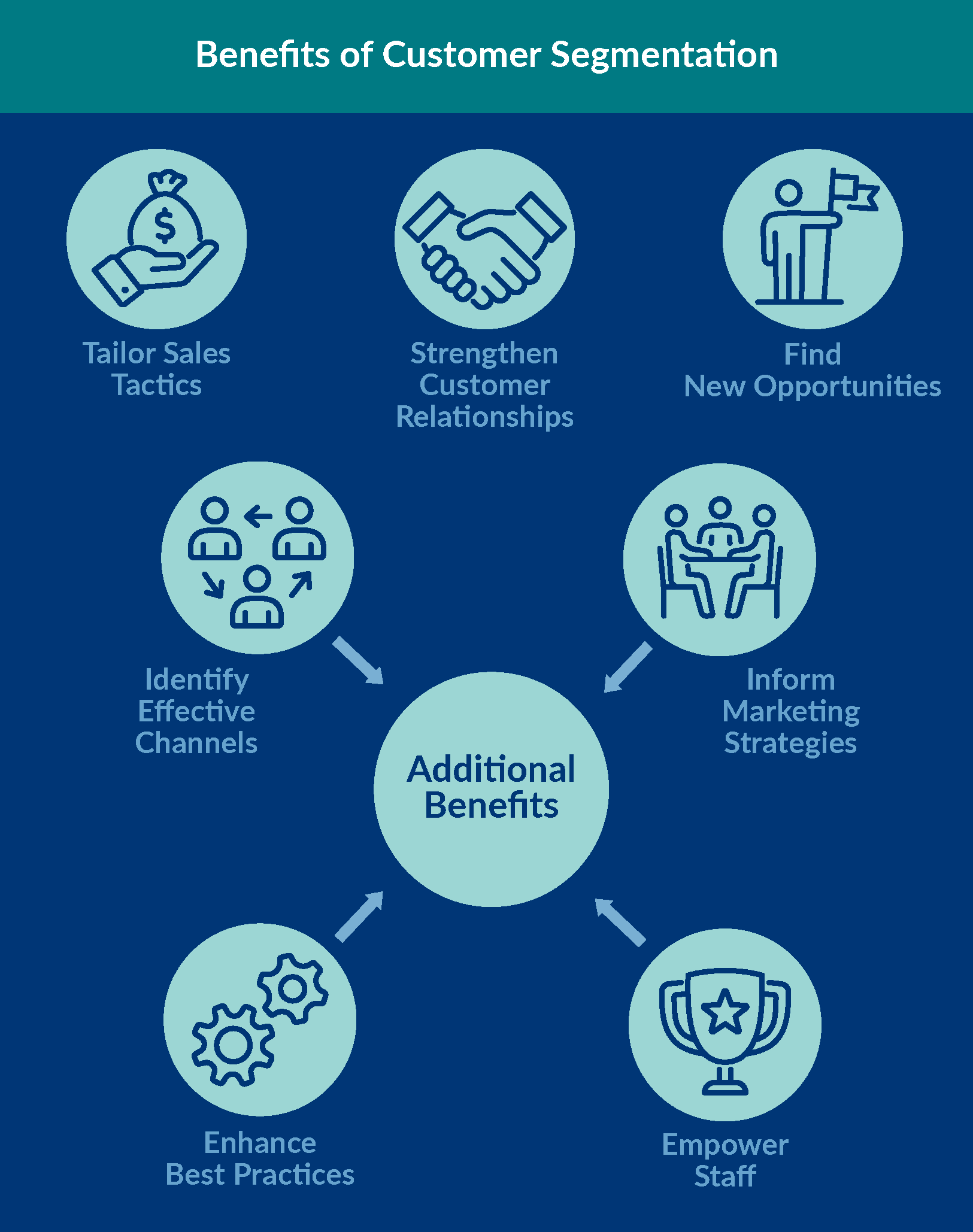In the dynamic realm of marketing, understanding your customers is paramount to success. Customer segmentation, the process of dividing a customer base into distinct groups based on shared characteristics, behaviors, and preferences, lies at the heart of effective marketing strategies. However, in an era dominated by vast amounts of data and ever-evolving consumer behaviors, traditional methods of segmentation often fall short in providing actionable insights. Enter the data-driven approach to customer segmentation, a powerful methodology that leverages advanced analytics, machine learning algorithms, and rich datasets to uncover hidden patterns, identify valuable customer segments, and drive targeted marketing initiatives.
Understanding Customer Segmentation
Customer segmentation serves as the foundation for personalized marketing strategies, enabling businesses to tailor their messaging, product offerings, and promotional efforts to specific customer segments. Traditionally, segmentation criteria have included demographic factors such as age, gender, income, and geographic location, as well as psychographic attributes such as lifestyle, values, and interests. While these segmentation methods remain relevant, they often fail to capture the nuanced behaviors and preferences of today’s diverse consumer base.
The Role of Data in Customer Segmentation
In the data-driven approach to customer segmentation, data assumes a central role in informing segmentation strategies and uncovering actionable insights. Organizations harness a wealth of data sources, including transactional data, online interactions, social media activity, customer surveys, and third-party data sources, to gain a comprehensive understanding of customer behavior and preferences. By analyzing this data through advanced analytical techniques, businesses can identify meaningful patterns, trends, and correlations that inform segmentation decisions and drive targeted marketing initiatives.
Key Components of the Data-Driven Approach
The data-driven approach to customer segmentation encompasses several key components, each essential to its effectiveness:
- Data Collection and Integration: Businesses collect and integrate diverse data sources, including transactional data, customer interactions, demographic information, and external datasets, into a centralized database or customer relationship management (CRM) system.
- Data Analysis and Insights: Advanced analytics techniques, such as clustering analysis, regression analysis, and machine learning algorithms, are applied to the integrated datasets to uncover patterns, segment customers based on shared characteristics, and derive actionable insights.
- Segmentation Criteria: Segmentation criteria go beyond traditional demographic factors to include behavioral attributes, purchase history, browsing behavior, engagement metrics, and customer lifetime value (CLV), among others.
- Segmentation Models: Businesses develop segmentation models that group customers into distinct segments based on similarities and differences in their behavior, preferences, and needs. These models may include RFM (Recency, Frequency, Monetary) analysis, predictive modeling, or cohort analysis, depending on the business objectives and dataset characteristics.
- Segmentation Validation and Iteration: Segmentation models are validated through testing and validation processes to ensure their accuracy and effectiveness. Iterative refinement based on ongoing data analysis and feedback allows businesses to continuously optimize their segmentation strategies over time.
Benefits of the Data-Driven Approach
The data-driven approach to customer segmentation offers numerous benefits for businesses seeking to optimize their marketing efforts and enhance customer experiences:
- Enhanced Personalization: By understanding the unique preferences and behaviors of distinct customer segments, businesses can deliver personalized messaging, product recommendations, and promotional offers tailored to individual needs and preferences.
- Improved Targeting and Acquisition: Data-driven segmentation enables businesses to identify high-value customer segments, target them with relevant marketing campaigns, and optimize acquisition strategies to attract new customers with similar characteristics.
- Increased Customer Retention: By identifying at-risk customers and understanding the factors driving churn, businesses can develop targeted retention strategies to engage customers, address their concerns, and enhance overall satisfaction and loyalty.
- Optimized Resource Allocation: Data-driven segmentation allows businesses to allocate marketing resources more effectively by focusing on segments with the highest potential for ROI and directing efforts toward channels and tactics that resonate most with target audiences.
- Insights for Product Development: By analyzing customer segmentation data, businesses gain insights into evolving market trends, emerging customer needs, and opportunities for product innovation and differentiation.
Challenges and Considerations
Despite its numerous benefits, the data-driven approach to customer segmentation is not without its challenges:
- Data Quality and Integration: Ensuring data accuracy, consistency, and completeness across disparate data sources can be challenging, requiring robust data governance processes and integration capabilities.
- Privacy and Compliance: With growing concerns around data privacy and regulatory compliance, businesses must navigate complex legal and ethical considerations when collecting, storing, and analyzing customer data.
- Algorithmic Bias: Machine learning algorithms used for segmentation may inadvertently introduce bias based on factors such as sample selection, feature engineering, and model interpretation, requiring careful scrutiny and validation.
- Resource and Skill Requirements: Implementing a data-driven segmentation strategy requires significant investments in technology infrastructure, analytical capabilities, and talent acquisition, which may pose challenges for smaller organizations with limited resources.
- Dynamic Nature of Consumer Behavior: Consumer preferences and behaviors are constantly evolving, requiring businesses to adapt their segmentation strategies and algorithms in response to changing market dynamics and customer expectations.
In conclusion, the data-driven approach to customer segmentation represents a powerful paradigm shift in modern marketing, enabling businesses to unlock actionable insights, drive targeted campaigns, and deliver personalized experiences at scale. By harnessing the power of advanced analytics, machine learning, and rich datasets, organizations can gain a deeper understanding of their customers, identify valuable segments, and optimize their marketing strategies to maximize ROI and foster long-term customer relationships. While challenges abound, the benefits of data-driven segmentation are clear, offering businesses a competitive edge in today’s data-driven economy and positioning them for success in the years to come.
Related Blogs:
What are the 5 stages of the customer journey map?
What is CRM customer relationship management programs?
How chatbots are used in customer service?
FAQ:


Leave A Comment